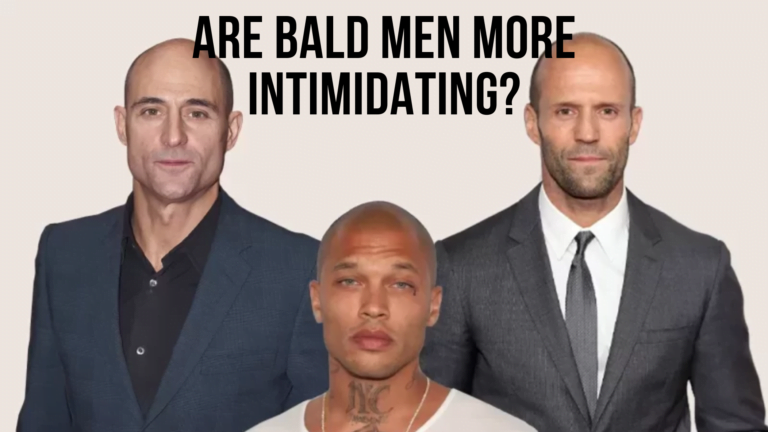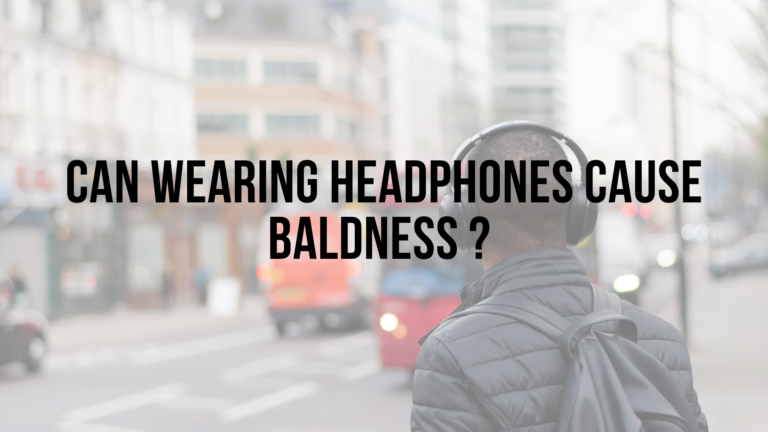Hair loss and balding are common concerns for men of all races and ethnicities. However, research shows that the rates and patterns of male pattern baldness can vary significantly between different population groups.
Understanding The Genetic Factors Behind Hair Loss
Genetics play a major role in determining an individual’s susceptibility to hair loss. The most common form of baldness is androgenetic alopecia, also known as male pattern baldness. This condition is linked to genetics and higher levels of dihydrotestosterone (DHT) in the scalp [1].
DHT causes the hair follicles to shrink over time, producing thinner and shorter hairs until the follicles stop producing hair altogether. The genes involved in this process can be inherited from either parent.
While androgenetic alopecia affects men of all backgrounds, research shows there are differences in genetic predisposition between ethnic groups. This leads to varying rates and patterns of hair loss among populations.
Comparing Baldness Prevalence Among Races
Many studies have attempted to quantify and compare the prevalence of male pattern baldness across ethnicities. Here is an overview of what the research indicates:
- Caucasian – Very generally speaking, Caucasian men have the highest rates of male pattern baldness. Studies show approximately 50% of Caucasian men experience moderate to extensive hair loss by the age of 50 [2].
- Asian – Asian men, particularly East Asians, have historically had the lowest rates of baldness. However, studies indicate the prevalence is rising. A 2010 study of over 6,000 Korean men found the rate of moderate to severe hair loss was 14.1% for men in their 20s, increasing to 38.2% for men in their 50s [3].
- Hispanic – Research on Hispanic men is limited, but existing studies suggest they have an intermediate risk of hair loss between Caucasians and Asians. A 2000 study of over 2,000 Hispanic American men found 24% had moderate to extensive hair loss by age 30 [4].
- African – Studies show male pattern baldness affects approximately 25-30% of African men. However, they tend to start balding at an older age compared to other races [5].
So in summary, studies to date indicate Caucasian men are most prone to baldness, followed by Hispanic men, African men and lastly Asian men. However, many factors beyond genetics also contribute to hair loss.
Understanding The Types and Patterns of Baldness
There are also differences between ethnicities when it comes to the patterns and types of baldness experienced:
Caucasians
- Most susceptible to male pattern baldness on the crown and front of the scalp. This often starts with a receding hairline.
- Increased risk of diffuse thinning across the entire scalp.
Asians
- Tend to experience hair loss in a circular pattern starting above the temples. This gives an “M-shaped” receding hairline.
- Rarely develop bald spots on the crown. Thinning occurs gradually.
Hispanics
- Exhibit both Caucasian and Asian baldness patterns.
- Some studies show a propensity for thinning to occur on the crown rather than the hairline.
Africans
- Normally develop bald spots in a horseshoe pattern around the sides and back of the head rather than the top.
- Can also experience receding at the front hairline and temples.
The specific balding patterns are likely linked to differences in hair follicle characteristics between races, such as the shape of follicles and how curved or coiled the hair shaft is.
Factors Contributing To Increasing Hair Loss Rates
While genetics are the primary driver of balding, research indicates hair loss rates are rising across many ethnic groups. This suggests lifestyle, health and environmental factors are also playing a role. Potential contributing factors include:
- Poor nutrition – Diets lacking sufficient protein, iron, zinc and vitamins can impair hair growth and trigger excessive shedding.
- Stress – High stress levels disrupt hormone balances and hair growth cycles, potentially accelerating hair loss.
- Medications – Certain drugs like blood thinners, cholesterol lowering statins and steroids can trigger hair shedding as a side effect.
- Pollution – Air pollutants may damage hair follicles and increase inflammation, inhibiting healthy hair cycles.
- Smoking – Tobacco smoke contains toxins that can damage hair follicles. It also constricts blood vessels reducing blood flow to the scalp.
Improvement in some of these areas like reducing smoking rates may help slow the increasing baldness prevalence seen in some populations.
Options For Preventing and Treating Baldness
While genetic predisposition plays a big part in balding risk, there are still steps men of any ethnicity can take to maintain a healthy head of hair. Useful approaches include:
- Eating a nutritious, balanced diet rich in proteins, vitamins and minerals.
- Managing stress through regular exercise, meditation, sufficient sleep and other relaxation techniques.
- Avoiding hair damaging behaviors like excessive heat styling, harsh chemical treatments and tight hairstyles that pull on the roots.
- Using anti-hair loss shampoos containing ingredients like saw palmetto and biotin.
- Taking supplements like fish oil and vitamin D which may support hair growth.
- Using topical treatments containing minoxidil that help stimulate growth.
- Getting prescription medications like finasteride that block DHT.
- Trying laser devices such as low-level light therapy helmets that improve scalp circulation.
- Considering hair transplants which surgically implant new follicles into thinning areas.
The effectiveness of these interventions can vary between individuals based on their specific cause and pattern of hair loss. Consulting a dermatologist or trichologist can help determine the most suitable options.
Conclusion
Research clearly shows some ethnic populations are more genetically prone to hair loss and baldness than others. However, the precise risk is complex, involving interactions between inherited factors, hair traits and hormonal effects.
While rates are impacted by genetics, contributing lifestyle and health factors mean hair loss is rising across many groups worldwide. By being aware of personal susceptibility and taking proactive measures, men can maximize their chances of maintaining a thick head of hair regardless of their ethnicity.
{stop article}
🌐 Sources
- Healthline – Understanding Receding a Hairline in Black Men
- HT&RC – Ethnicity and Hair Loss Rates | HT&RC | Macon, GA
- Quora – Are certain races more susceptible to male pattern …
- PMC – Hair Aging in Different Races and Ethnicities – PMC
- Scandinavian Biolabs – 8 Tested Ways How To Regrow Hair Naturally For Black …
- CNN – As hair loss rises, bald men in Asia grapple with cultural …






